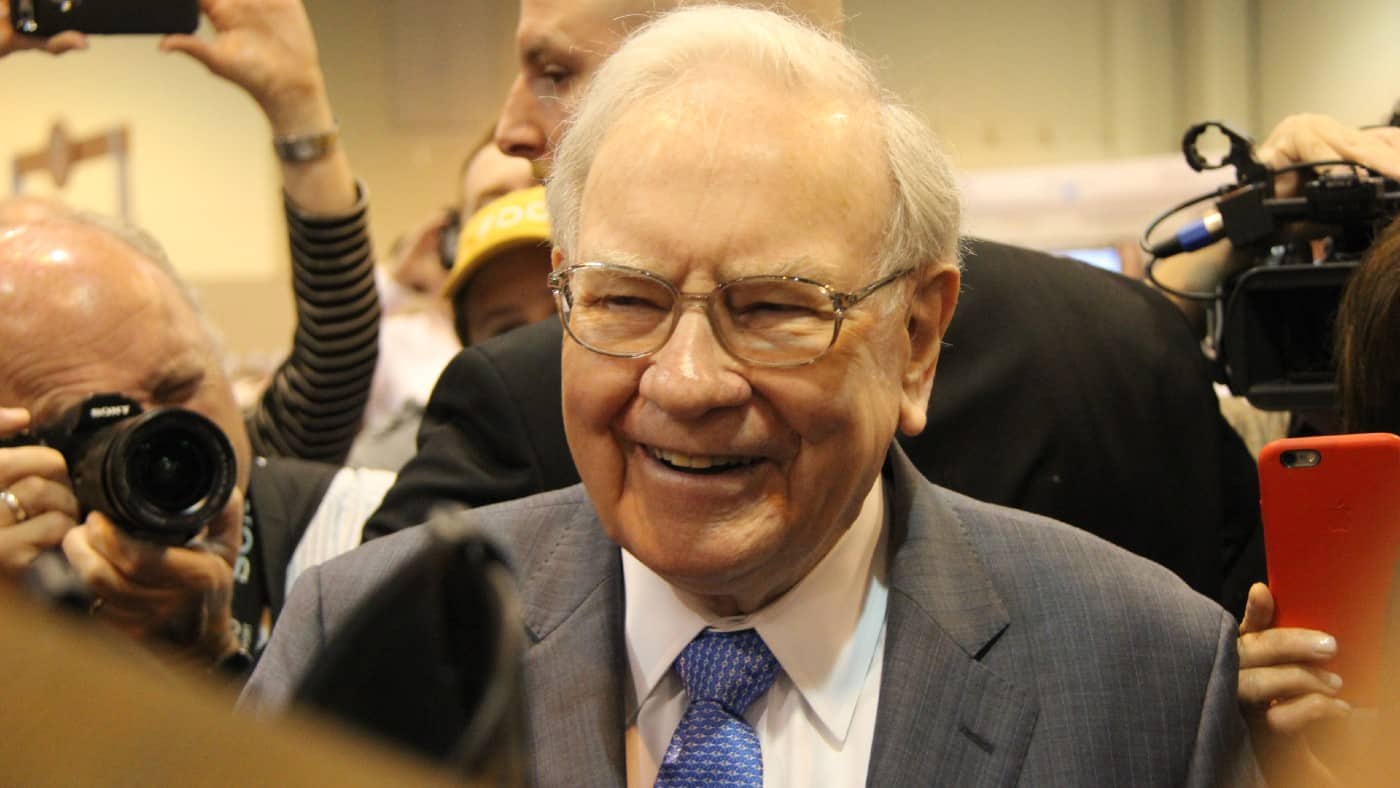Warren Buffett, often regarded as one of the greatest investors of all time, has built his fortune on a simple yet profound investment philosophy: “Don’t lose money.” While it may sound common sense, this rule goes beyond the surface and embodies the core principles of successful investing.
Preservation of capital
Buffett’s emphasis on not losing money reflects his primary concern, preserving capital. He understands that it’s far more challenging to recover from significant losses than to achieve consistent, modest gains.
To illustrate this point, consider a scenario where an investor experiences a 50% loss in their portfolio. In such a case, they would need to achieve a 100% return on their remaining capital to get back to where they started.
This mathematical reality underscores the importance of avoiding significant losses. Losing half of my invested capital not only erodes my financial resources but also demands a Herculean effort to regain lost ground.
So by prioritising capital preservation, he encourages investors to adopt a cautious approach, thoroughly analysing investments before committing their hard-earned money.
Margin on safety
The thing is, many novice investors will lose money because they make poor investment decisions. We’ve all been there. So how do we invest in order to preserve capital?
This is the concept of the ‘margin of safety’. This concept involves buying an asset at a price significantly below its intrinsic value. By doing so, investors create a buffer zone that offers protection in case their initial assessment is flawed, or unforeseen market turbulence occurs.
Buffett often likens investing to a game of baseball, where you don’t have to swing at every pitch. He emphasises the importance of patience, waiting for the right opportunities, and not overextending ourselves in pursuit of quick profits. Instead, focusing on investments with a solid margin of safety allows for a more relaxed and less stressful investment experience.
Finding the margin
Finding the margin requires research. Near-term metrics, such as the price-to-earnings (P/E) ratio, provide valuable initial insights into a company’s current valuation. A lower P/E ratio can suggest that a stock is undervalued relative to its earnings potential, potentially indicating a margin of safety.
To delve deeper, I’ve often turned to the discounted cash flow (DCF) analysis, a more comprehensive approach. This method involves projecting a company’s future cash flows and then discounting them back to present value. It accounts for long-term growth prospects and potential risks, offering a more holistic view of a stock’s intrinsic value.
By comparing the DCF-derived intrinsic value with the current market price, I can better assess whether a margin of safety exists. If the market price significantly lags the intrinsic value, it suggests an opportunity for capital preservation and potential future gains.
It’s this approach that’s allowed Buffett to achieve index-beating returns year after year. It’s something I’m hoping to replicate with my top picks, including Barclays and IAG.








